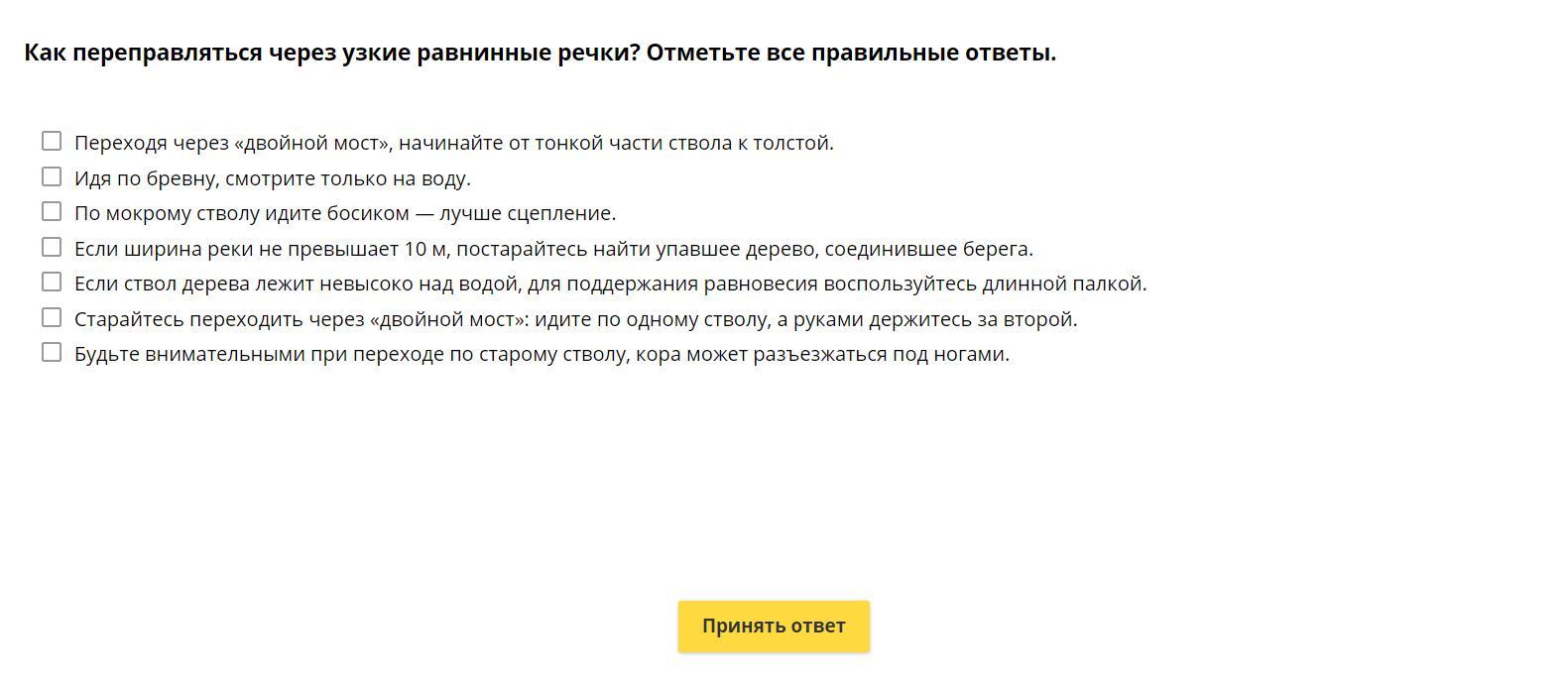Предмет: ОБЖ,
автор: betonchi
помогите по обж плиззззз
Приложения:

Ответы
Автор ответа:
0
Ответ:
сыр.
Объяснение:
Лучше переходить через «двойной мост» - - идти по одному стволу, а руками держаться за второй. Удобнее начинать переходить реку от тонкой части ствола к толстой.
Похожие вопросы
Предмет: Английский язык,
автор: katuha89
Предмет: Английский язык,
автор: Vishtalskaya
Предмет: Русский язык,
автор: berezovskih
Предмет: Русский язык,
автор: эльза182
Предмет: Геометрия,
автор: Elina2904